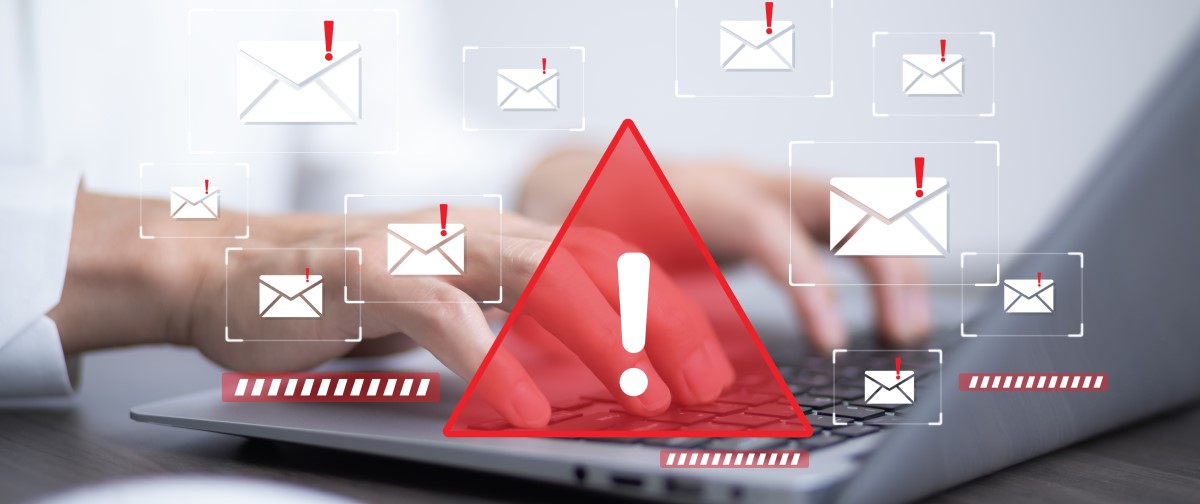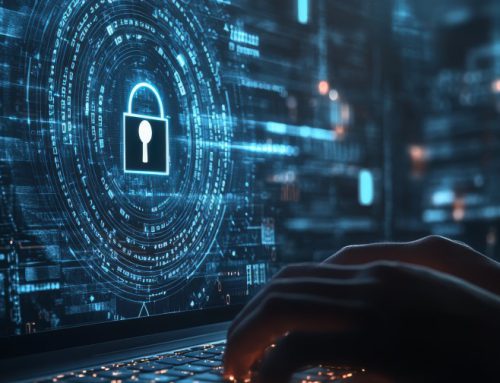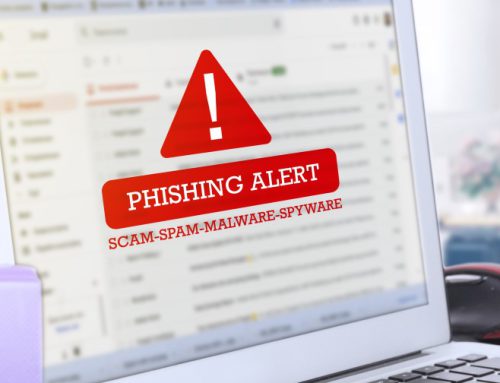Phishing has long been a favored tool for cybercriminals, but in recent years, these attacks have become more frequent and sophisticated. As digital communication becomes increasingly central to our lives, phishing has evolved, posing a growing threat to individuals and organizations alike. Here are five reasons why phishing is becoming more frequent:
As the digital landscape continues to evolve, so too does the threat of phishing. By understanding the reasons behind its increasing frequency, businesses can take proactive steps to protect themselves. Investing in Annual Cyber Security Awareness Training (CSAT), implementing robust security measures, and staying vigilant can significantly reduce the risk of falling victim to phishing attacks. In an era where phishing is becoming more common and more dangerous, a proactive approach to cybersecurity is essential for keeping your business safe online.











